Content Marked with: Stephen Kane
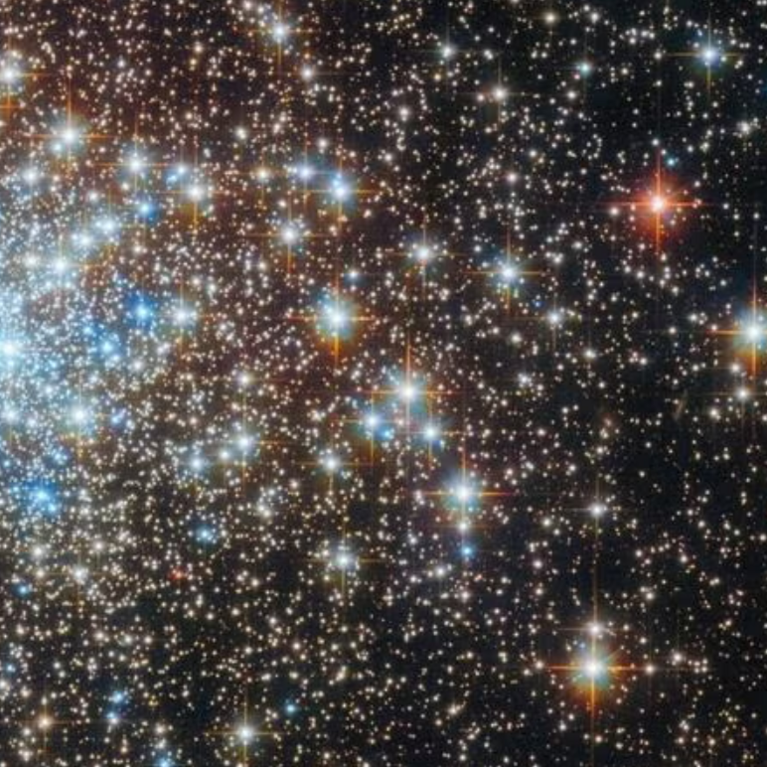
Decades-old mystery of AlCl dipole moment resolved
In a study that closes a long-standing knowledge gap in fundamental science, researchers Boerge Hemmerling and Stephen Kane at the University of California, Riverside, have successfully measured the electric dipole moment of aluminum monochloride (AlCl), a simple yet scientifically crucial diatomic molecule. Their results, published in Physical Review A, have implications for quantum technologies, astrophysics...
By Iqbal Pittalwala |

International planet hunters unveil massive catalog of strange worlds
While thousands of planets have been discovered around other stars, relatively little is known about them. A NASA catalog featuring 126 exotic, newly discovered worlds includes detailed measurements that allow for comparisons with our own solar system. The catalog details a fascinating mix of planet types beyond our solar system, from rare worlds with extreme...
By Jules Bernstein |

Squeezed by neighbors, planet glows with molten lava
UC Riverside astrophysicist Stephen Kane had to double check his calculations. He wasn’t sure the planet he was studying could be as extreme as it seemed. Kane never expected to learn that a planet in this faraway star system is covered with so many active volcanoes that seen from a distance it would take on...
By Jules Bernstein |
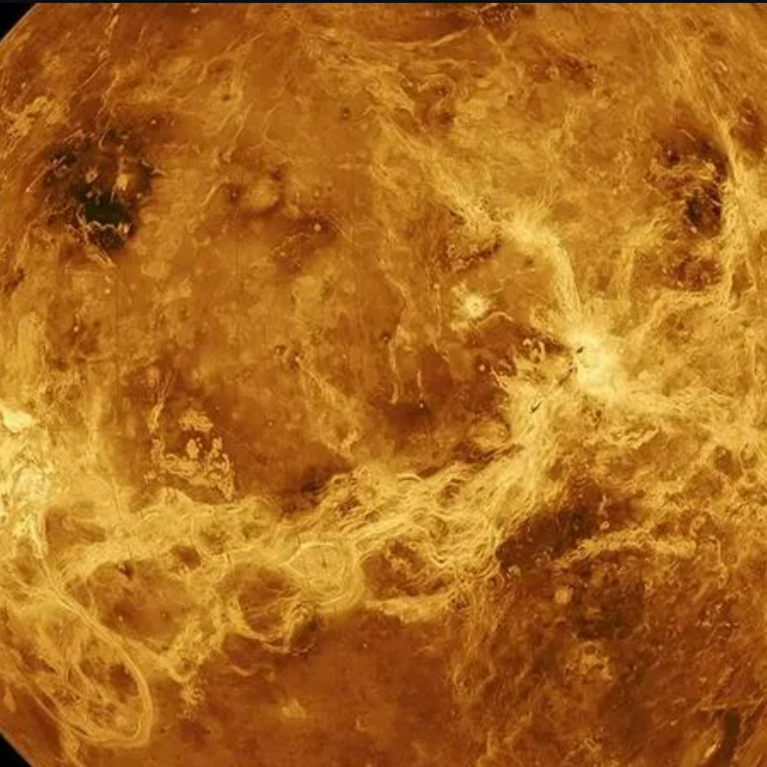
To find life in the universe, look to deadly Venus
Despite surface temperatures hot enough to melt lead, lava-spewing volcanoes, and puffy clouds of sulfuric acid, uninhabitable Venus offers vital lessons about the potential for life on other planets, a new paper argues. “We often assume that Earth is the model of habitability, but if you consider this planet in isolation, we don’t know where...
By Jules Bernstein |
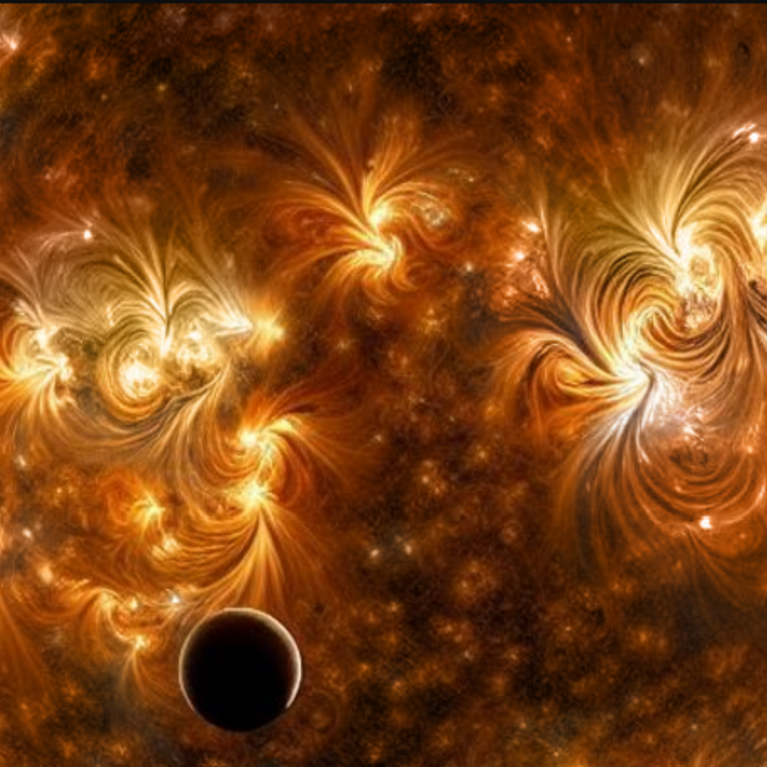
Fledgling planets discovered around a newly formed star
With an arsenal of advanced technology, scientists have found a multi-planet star system that provides a rare insight into the way planets form and behave around a young star. TOI-1136 is a dwarf star in the Milky Way galaxy more than 270 light years from Earth, which is considered nearby, as the Milky Way is...
By Jules Bernstein |
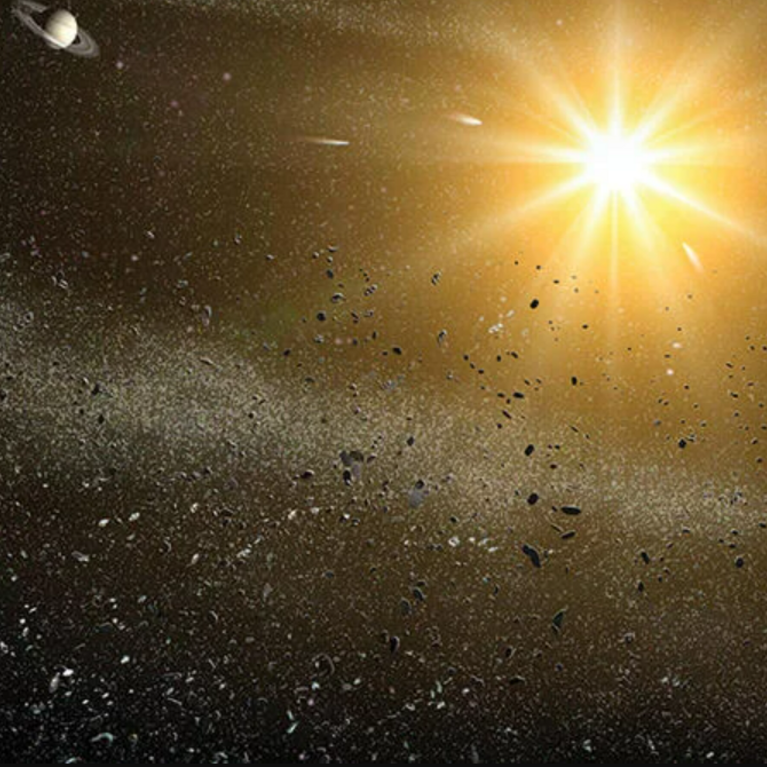
Giant planets cast a deadly pall
Giant gas planets can be agents of chaos, ensuring nothing lives on their Earth-like neighbors around other stars. New studies show, in some planetary systems, the giants tend to kick smaller planets out of orbit and wreak havoc on their climates. Jupiter, by far the biggest planet in our solar system, plays an important protective...
By Jules Bernstein |
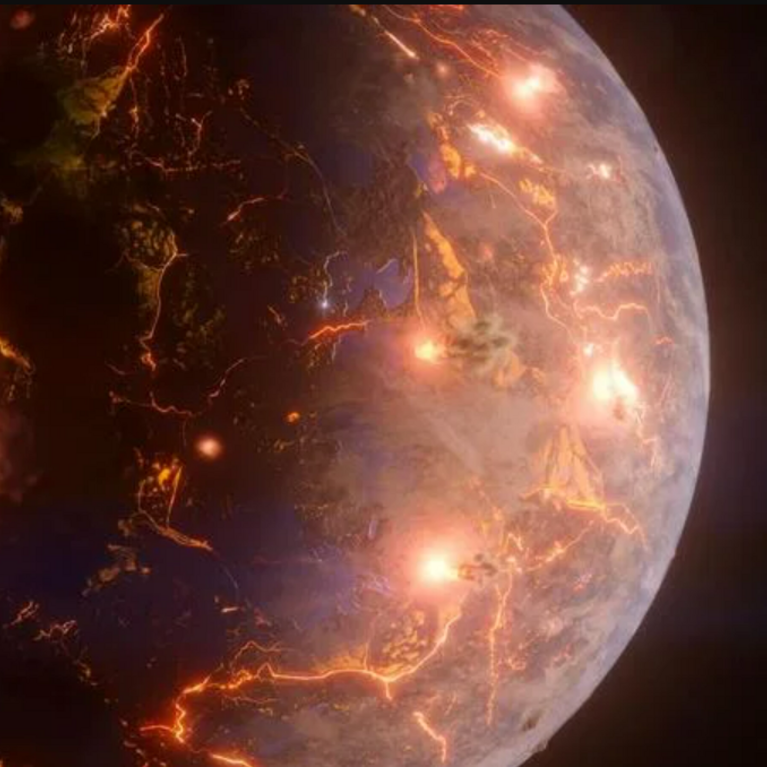
Are Earth and Venus the only volcanic planets? Not anymore.
Imagine an Earth-sized planet that’s not at all Earth-like. Half this world is locked in permanent daytime, the other half in permanent night, and it’s carpeted with active volcanoes. Astronomers have discovered that planet. The planet, named LP 791-18d, orbits a small red dwarf star about 90 light years away. Volcanic activity makes the discovery...
By Jules Bernstein |
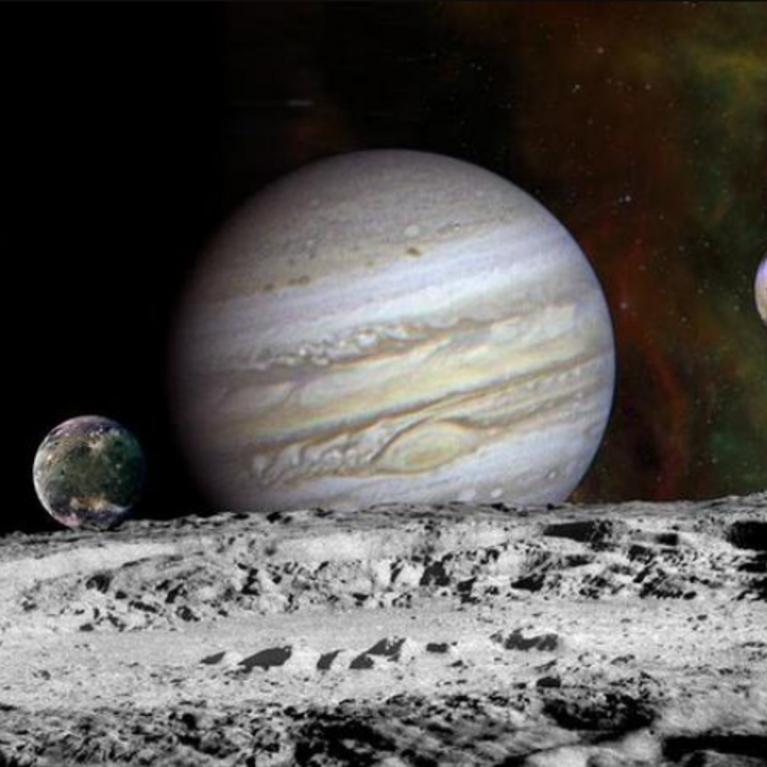
The planet that could end life on Earth
A terrestrial planet hovering between Mars and Jupiter would be able to push Earth out of the solar system and wipe out life on this planet, according to a UC Riverside experiment. Read More
By Jules Bernstein |
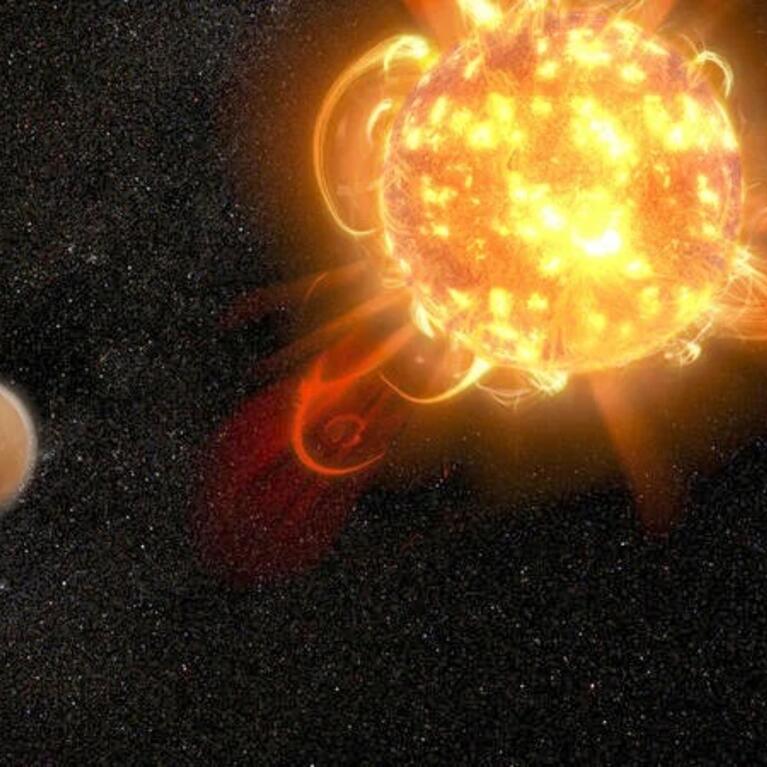
Discovery could dramatically narrow search for space creatures
An Earth-like planet orbiting an M dwarf — the most common type of star in the universe — appears to have no atmosphere at all. This discovery could cause a major shift in the search for life on other planets. Read more.
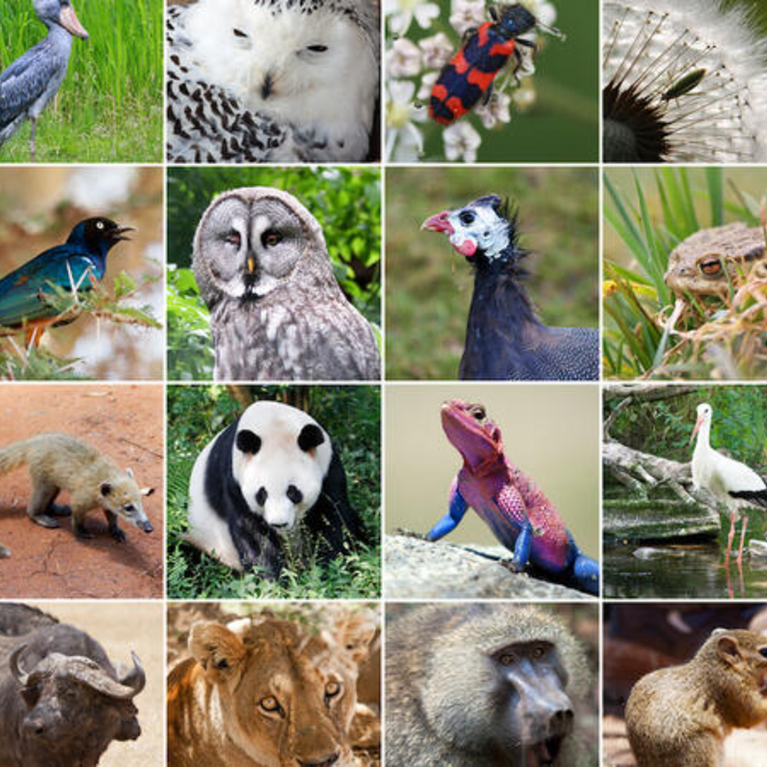
Could more of Earth’s surface host life?
"Of all known planets, Earth is as friendly to life as any planet could possibly be — or is it? If Jupiter’s orbit changes, a new study shows Earth could be more hospitable than it is today. When a planet has a perfectly circular orbit around its star, the distance between the star and the...
Let us help you with your search